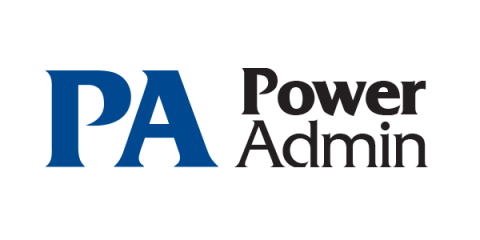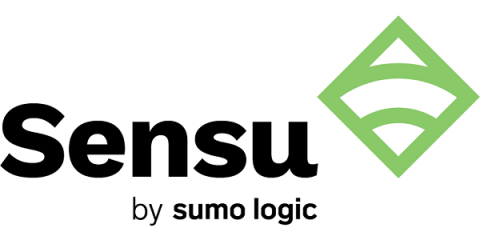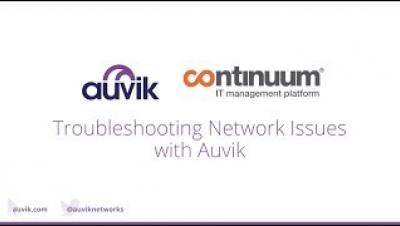Operations | Monitoring | ITSM | DevOps | Cloud
%term
New Horizons for Mobile Edge Computing (MEC) and IoT
As mobile and IoT deployments play an increasing role in enterprise networks, organizations are looking to more appropriate architecture—such as edge computing—to relieve their security and device management burdens. Edge computing is still in its relative infancy, and the platforms and services needed to orchestrate edge deployments are evolving themselves. In this article, we’ll be looking at some of the issues and available options.
Filters: valves for the Sensu monitoring event pipeline
Filters, the mechanism for allowing and denying events to be handled, have been given a refresh in Sensu Go. These new and improved JavaScript filters give you a way to express business logic through filtering, giving you more awareness of your environment, reducing alert fatigue, and improving performance. In this post, I’ll share what’s new with filters, using examples in Sensu Go. (If you haven’t already, you can download it here.)
Browser market share 2018: Safari on the rise
Our Real User Monitoring (RUM) product gathers performance data from actual user experiences from all around the globe for enabled pages. For 2018 that meant we collected data from thousands of worldwide users. In this blog, we take a look at the users’ browser choices, the page performance as experienced by the users, and their choices in device types.
Increased Test Credits for Everyone
After learning more about how our users use test credits to diagnose and troubleshoot network issues, we realized that we needed to make credits more affordable so we significantly increased the number of credits included with each credit package. See the new options below. We hope this change allows you to continue running cost effective network tests.
Top 5 Open-Source HIDS Systems
The threat landscape has become increasingly diverse and the systems used to attack are more sophisticated than ever before. In 2018, enterprises and organizations of all sizes and across all industries faced serious data breaches (information leaks were experienced by Aadhar —1.1B users; myFitnessPal —150M; Quora—100M; Facebook—29M and many more). One of the biggest victims was Marriot.
Introduction to Configuration Management Database (CMDB) in ServiceDesk Plus Cloud
Troubleshooting Network Issues With Auvik
Cachebuster - A Pro Tip for Bypassing Cache
Caching is a great way to improve website performance and minimize the load. An ideal cache displays the cached version until the content changes and flushes the cache when there is a change. Yet, there may be cases where the cached version is not the most up-to-date one (if there is a DB error on the site or the caching is only time-based..).
What's New in Prometheus 2.8: WAL-Based Remote Write
Six months in the making, Write-Ahead Logging (WAL) for the remote_write API was one of the enhancements we included in the Prometheus 2.8 release on March 12. It’s a change intended to safeguard client metrics in the face of any network issues.











